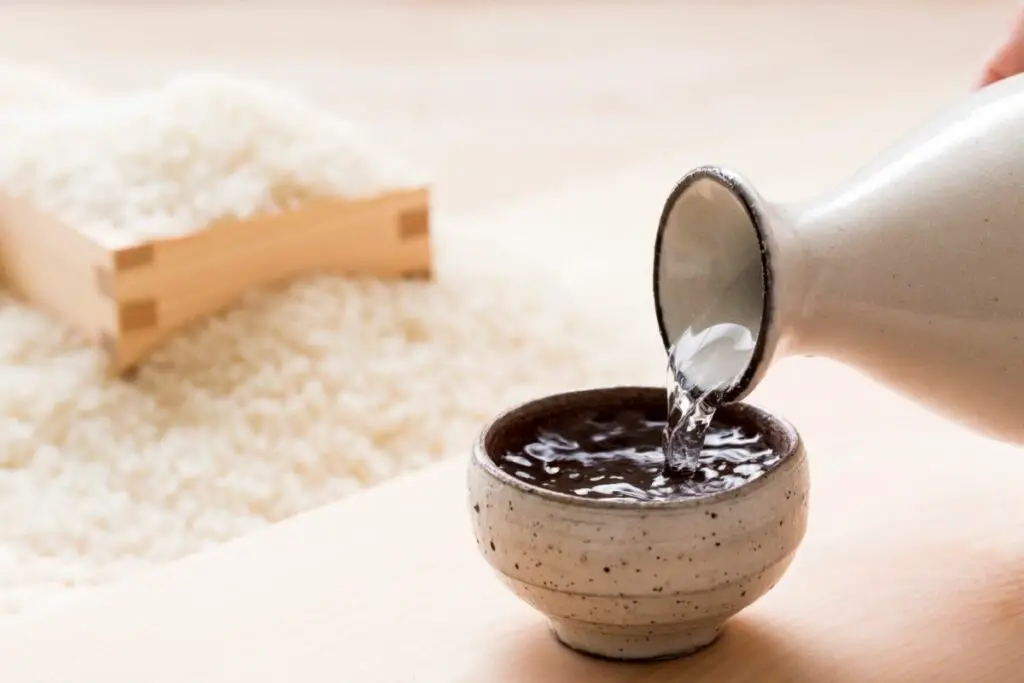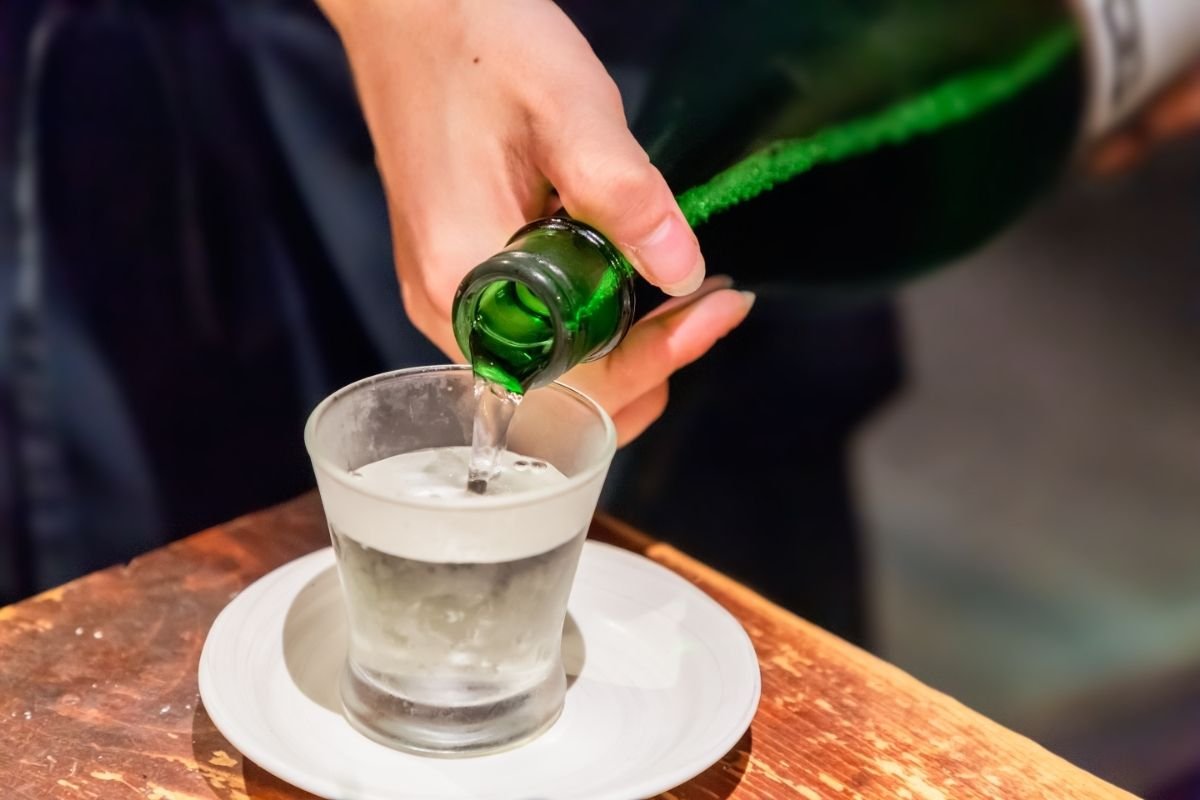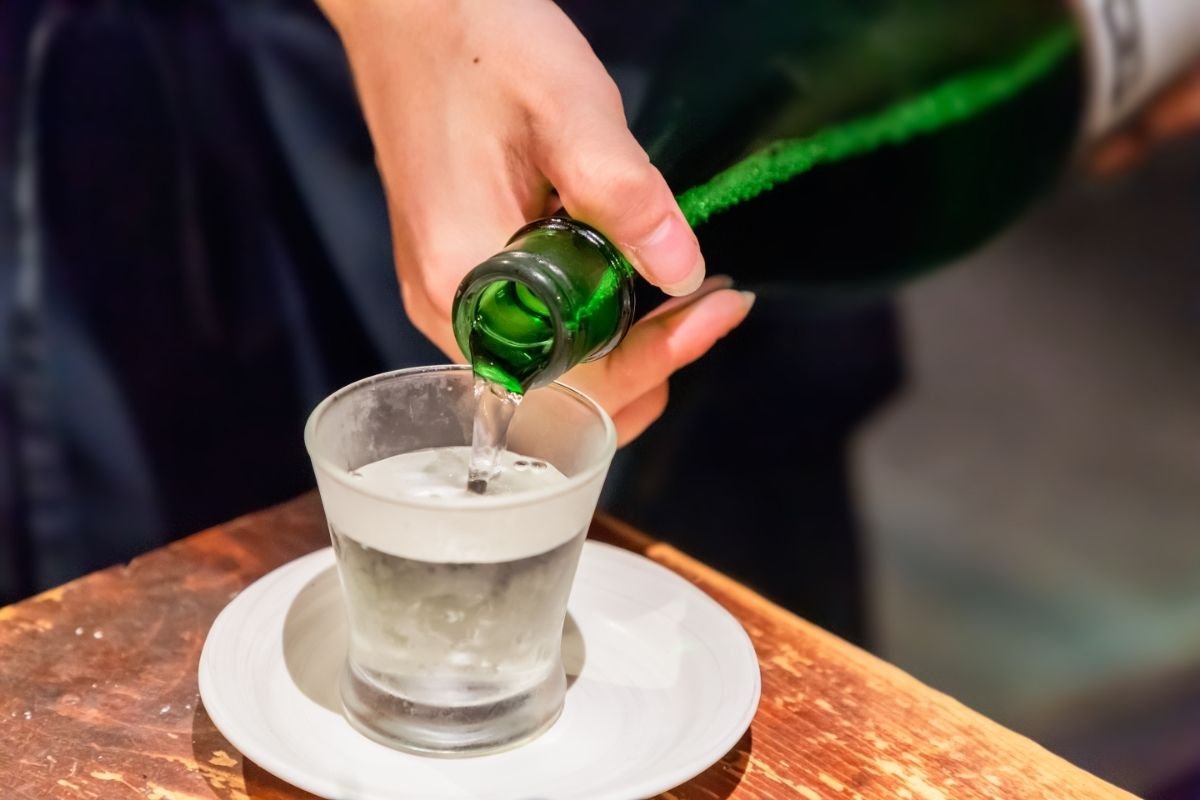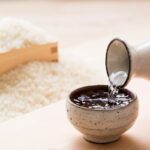Sake, or saké, is a Japanese alcoholic drink that is made from fermenting polished rice.
It is commonly referred to as rice wine, but this drink is in many ways more similar to beer than it is to wine – particularly in terms of its brewing process. Sake is much stronger than both wine and beer, though, with an average alcohol content of 20%!
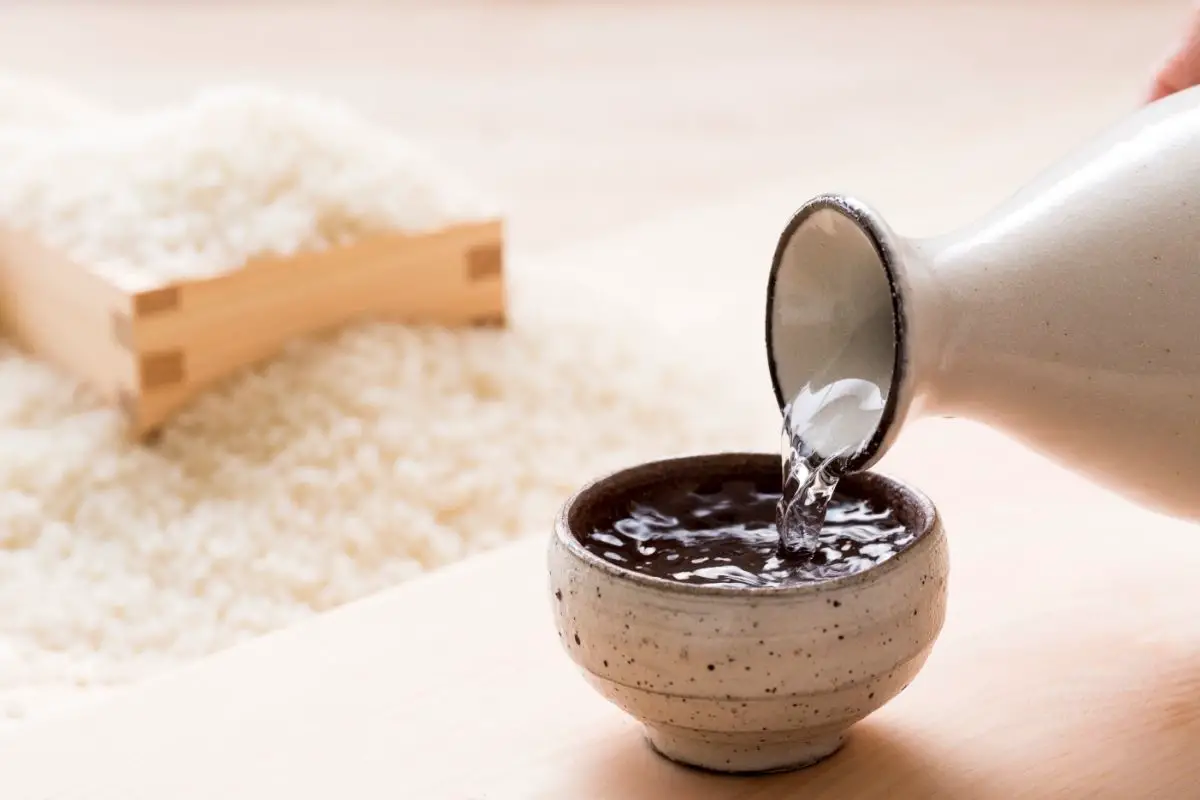
Indeed, this drink is not for the faint-hearted, and first-time saké drinkers might not know what to expect. Carry on reading if you would like a hand in figuring out how exactly this drink is supposed to be enjoyed.
Step 1: Pronunciation
First thing’s first. If you want to be able to try this drink, you’ve got to be able to order it. So, it might be helpful to know how to pronounce the name of this drink.
Although it might look like it should be pronounced ‘say-k’, like the English word ‘sake’, it is actually pronounced ‘sa-keh’.
You may hear some non-Japanese people call it ‘sa-keeh’, but just know that the only authentic pronunciation is ‘sa-keh’. Now you can order your first glass of sake!
Step 2: Don’t Pour Your Own Glass

In Japanese culture, it is deemed improper to pour yourself a glass of sake. When you are in a group of people, you are supposed to pour each other’s drinks. So, instead of grabbing the bottle and filling your cup, wait patiently for a member of your group to offer you a tipple.
If you want to be extra authentic and polite, lift your cup up to them as they pour your drink. If you adhere to this rule, you will come across very well to the more experienced sake drinkers, and will fit in like a dream.
Step 3: Clink it!
Just as it is customary for people in the states to cheers their glasses of wine before the first sip, in Japan it is conventional to raise your glass to your companions’ and clink the cups together before drinking.
Instead of using the word ‘cheers’, though, try to remember the Japanese word for it, which is ‘kanpai’. That’s a pretty great word to know in Japanese, and might come in handy on more than one occasion!
Step 4: Sip It
Sake is served in very small cups that slightly resemble eastern shot glasses. However, shotting sake is the last thing you should do!
Sake is best enjoyed when it is slowly sipped. This way, you will get the most out of the drink; let its many layers unfurl on your tongue and tantalize your taste buds.
Plus, if you do drink it like a shot, you are bound to get some funny looks from the locals. Sipping this drink is the best option, in every way.
Before your first sip, if you want the full experience, you should swirl the sake in your glass and take a strong sniff. Acknowledging the scents that come flying out of the sake is part and parcel of enjoying its flavor.
Step 5: Find Your Favorite Type
Just as other types of alcoholic drinks come in a variety of strengths and flavors, there are also multiple different types of sake.
The thing that varies from sake to sake is the ratio of sugar to acid, which is called ‘nihonshu-do’ in Japan. Although the brewing process of sake is more similar to beer, the ratio is most easily understood when compared to wine.
With wine, there is a spectrum of flavors ranging from dry to sweet, and the same goes for sake. The normal ratios range from a value of -3 to a value of +10.
The lower the number, the sweeter the sake; the higher the number, the dryer it is. Once you have tried a few different types, you should know exactly what sort of sake you prefer.
Knowing your preference can really enhance your sake drinking experience, so figure it out as early on as you can!
Step 6: Turn Up the Heat!
Sake can be served at all kinds of temperatures. Some people enjoy it warm, while others opt for chilled sake. Some people prefer hot sake, while others stick with room temperature.
Just as it is important for you to find out which type of flavor sake you like, you need to experiment with different temperatures before you can decide how exactly you like your sake to be served.
Be wary of some warmed sakes, as warming sake can be a simple way for bartenders to mask the flavors of cheap sake.
That is not to say that high-quality sake cannot also be thoroughly enjoyed at higher temperatures. Its versatility is partly what makes sake such a fun drink – it is an experience more so than a mere beverage.
Step 7: Pair It With Food
Sake is very often enjoyed alongside light foods and appetizers; it enhances the flavors and keeps you much less full than beer would.
Sake also goes very well with raw fish, which is why many Japanese people choose to drink it alongside their sashimi. Part of the reason for this is that sake is very good at lessening odors, unlike beer and wine.
Pairing sake with sushi is a slightly controversial choice… While many people maintain that the flavors of the two things perfectly complement each other, some more traditionally-oriented people think that pairing a rice-based drink with a rice-based food is a little rice-overkill.
So, don’t be surprised when ordering sushi if your sake is taken away from the table when your sushi arrives. Sake does not just suit light foods, though; it is so versatile that it can be partnered with all kinds of foods.
For example, if you are enjoying a heavy or meaty main course, try a high-acidity sake alongside it. The acid will help to cut through oiliness or richness, while simultaneously uplifting the dish’s flavors.
Mild types of sake will go down smoothly with your cheese course, as the creamy nature of a sweet sake will match the creaminess of the cheese. Some people love the sake and cheese combination so much that they have invented a cheese with a sake-infused rind!
Just as you would not pick the same bottle of wine for a fish course as you would a steak, you need to choose your sake based upon the type of food you are eating. Once you are familiar with the different types and flavors of sake, this will come easily to you.
Final Thoughts
Although sake is not a very complex drink, if you haven’t tried it before it can be difficult to know where to start. Hopefully, though, now that you have read this article, you are one step closer to having a truly delicious sake-oriented encounter.
All the way from uttering the word at the bar, to the pouring procedure, down to your final sip, drinking sake is a whole experience, and one which we believe is worth getting right.

